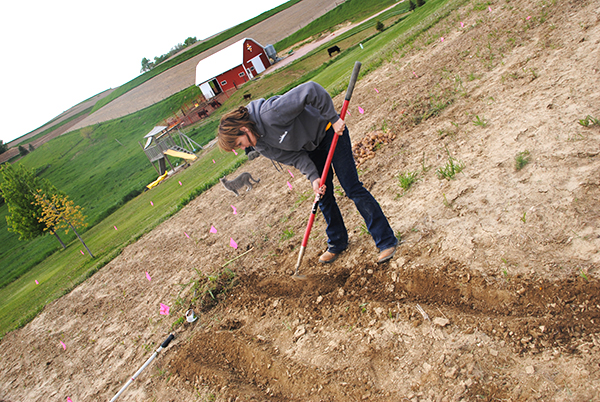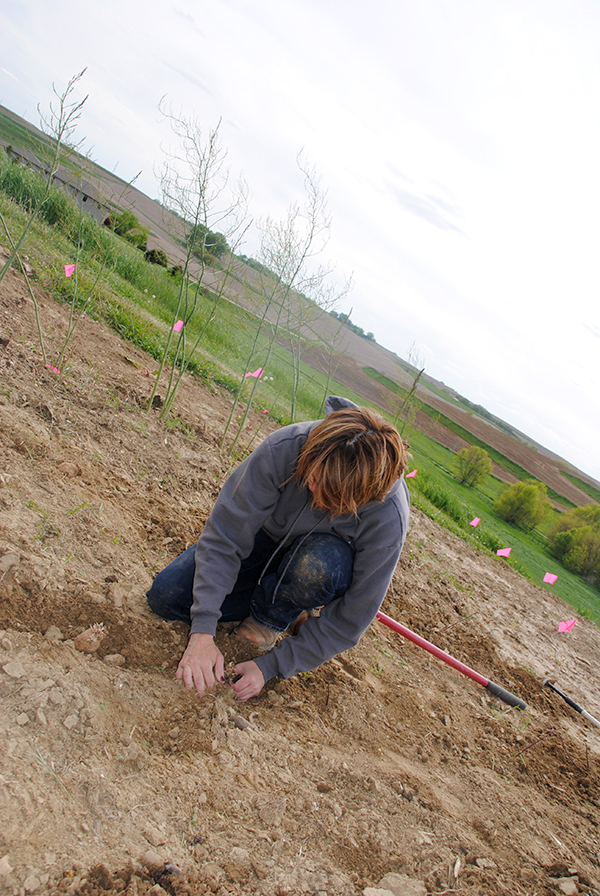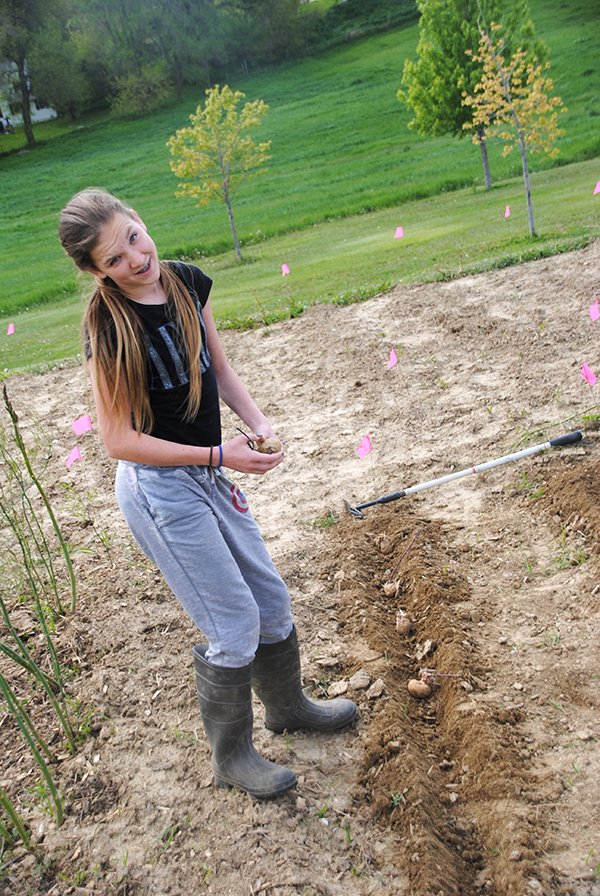
I finally got to my happy place, the garden! I have been dealing with a bit of garden guilt! The seed packets, transplants, fertilizer and hoe have been sitting at the garage door calling me to be planted and used. It felt great to dig, plant, and water. The garden is only half way planted but I am completely satisfied today! All three of my girls helped plant. We planted sweetcorn and potatoes for the oldest, sunflowers for the middle daughter and for the youngest, carrots and green beans. Over the years, they have their favorites.
If you haven’t started your garden, it’s not too late. There are plenty of growing days ahead. Whether this is your first year or you’ve been gardening for decades, the garden season is full of potential. The biggest mistake you will make is NOT starting. A gardener never stops learning and we all have to start somewhere. If you already have a garden, read along, I’m sure there is a grain of knowledge you can gain.
Steps to get started:
- Location, Location, Location! Find a sunny spot. A successful garden needs a minimum of six hours of sunlight per day. Make it easy to keep plants watered by locating your garden close to a water source. If you really want to enjoy your garden, plant it close to the house. You will see it, you will want to be in it, and your kids will play in it!
- Determine what your garden will grow in. For example, a garden can be grown in pots on a deck, a raised bed behind the house or simply a spot cultivated in the yard. Whatever it may be, let me encourage you to start small. It’s much easier to manage a small garden plot and keep the weeds under control than have a large weedy mess. I have seen too many beginning gardeners till up more than they can handle. Make it manageable and you will be successful.

- Get to know the soil. Soil is the main ingredient for a successful gardening experience. Let me say that again, soil is the main ingredient! If you have poor soil, you will have a poor garden. Soil is not created equally; some soils are more plant friendly than others.
- Get dirty and determine what type of soil you have. Soils can have too much clay, be too sandy, too compacted, or too acidic, but don’t worry, soil can be improved. If you don’t know what type of soil you have, ask a friend who gardens, visit the garden center, or the local county extension office and ask because they will be familiar with the type of soils common to your region. Take the time to know what type of soil you are dealing with; you won’t regret it. Very few of us start with perfect soil! However, if you want to have total control over the type of soil you use, sometimes it is easier to garden in pots or a raised bed.
- Test the soil. The most accurate soil tests will come from your local County Extension Service (often listed under state or county government in the phonebook). The Extension Service will have sample bags, forms, a soil probe and instructions on collecting samples. Soil test results usually rate the levels of soil pH, phosphorus, potassium, magnesium, calcium, and sometimes nitrogen.
- Amend the soil based upon type of soil in the garden and the results of the soil test. Who knew “dirt” could be so complex and needy?
- The pH of the soil is an important number to know because it affects the plants ability to absorb essential nutrients. Plant nutrients are most available at pH levels of 6.5 to 6.8. The pH number is based on a scale from 1-14. If the soil pH is below 7.0, it has a more acidic condition, a number greater than 7.0 has a more intense alkaline condition. Soil pH can be adjusted over a couple of growing seasons and then maintained year after year. If the soil is acidic, one needs to add lime. If the soil is more alkaline based, amend with iron sulfate, powdered sulfur, or an aluminum sulfate (which can be purchased at local garden centers or box stores like Lowe’s and Home Depot).
- Provide the soil with organic matter such as compost, aged manure, mulch or peat moss. Organic matter is essential as it almost always improves the overall health of the garden soil. It combines together the sand, silt and clay into participles that allows air, water and the plant roots to move through the soil.
- Adjust the levels of nitrogen, potassium and phosphorus by incorporating fertilizer. These macro-nutrients will yield healthy nutritious vegetables.
- Nitrogen – Plants with adequate nitrogen show healthy vigorous growth, strong root development, dark green foliage, increased seed and fruit formation and higher yields.
- Phosphorus – Plants need phosphorus to stimulate root development and flowering, and to help in the prevention of disease and stress.
- Potassium – Potassium stops plant wilting, strengthens roots and stems, and assists in transferring food.
- Cultivate! Incorporate the organic matter, fertilizer and other amendments by roto tilling (use of a motorized cultivator that works the soil by rotating blades) or hoeing (great exercise!) into the top layer of soil. I like to delegate this job! If you are gardening in a new spot that was previously a lawn, additional steps must be taken to remove the sod and prepare the garden bed.

- Dig in! Plant what you like to eat! If you allow the kids to garden with you they will start eating more vegetables too – I promise! Something amazing happens to picky eaters’ pallets when they grow their own food. (One helpful hint that has helped me manage the nutrient needs of the garden is by grouping vegetables according to their fertilizer needs. Plant beans, peas, radishes, watermelons and turnips near each other because they require fewer nutrients. Plant cabbage, tomatoes, sweet corn, beets, carrots, onions, and potatoes together because they all require more nutrients.)
- Stick with it! A garden is alive and needs your attention…everyday! Water, weed, mulch, fertilize, enjoy!
For me, gardening is full of real life teachable moments; an opportunity to teach our three girls the beauty and mystery within a tiny little seed, the frustration of rabbits and other pests, the value of good soil, and the joys of reaping what we have sown. This is the year! So roll up your sleeves and start gardening.





